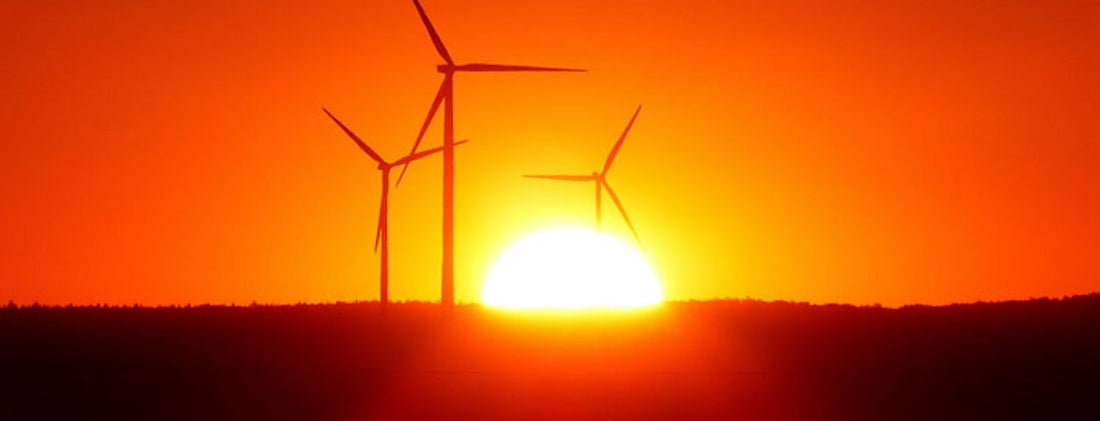Energy transformations are regulated by the laws of thermodynamics.
Every single life form on earth and elsewhere, depend on energy transformations.
Take our bodies for example, it transforms chemical energy from food sources into mechanical energy, allowing our bodies to move, think, and sustain itself until the next required energy conversion is needed.
Household items also depend on energy transformation, they convert electrical energy in turn allowing the water to boil, or the light to turn on, the relationship cannot exist without the other.
Plants go through the same laws, they convert sunlight into energy stored as carbohydrates, this energy is then used for growth, oxygen exchange and many other processes that include cellular relationships, most importantly they are required to sustain our planet.
- The laws of thermodynamics are actually quite simple.
- The laws of thermodynamics are unbreakable laws that transfer to all energy systems.
- The laws of thermodynamics govern the existence of all organisms.
THE FIRST LAW OF THERMODYNAMICS
Law of Conservation of Energy
- The total amount of energy in any closed system is constant.
- You can’t create something from nothing.
- In any process, the total mass of energy in a system and its surroundings remains constant.
- The amount of energy in the universe is constant.
The first law of thermodynamics dictates the energy held in leaves during photosynthesis cannot exceed the amount of energy of the absorbed light. For example; If 200 units of sunlight energy strike a leaf, no more than 200 units of energy can be held as carbohydrates produced via photosynthesis. You can try your hardest, you can’t get more energy out of a system than you put in, there are no exceptions to this law.
Every drop of knowledge helps us become better in any area of interest. To put this first law into effect as a grower, you should think of this law when considering what light you plan to grow your plants under.
If you want to use lower power lighting options, such as CFL lamps or T5 lighting fixtures, you will need to take into consideration the power output by these lights, along side their actual efficiency, to determine how much actual energy (in the form of photons) the plant will receive. The less energy the plant receives, the smaller the plant will be, the more energy, the larger the plant can potentially grow.
Theoretically, if you are able to provide your plants with more energy than required (or more than it can absorb), the plant will have the ability to grow to its maximum genetic potential, assuming you have all other variables required for growth perfect.
Alternatively, if you provide your plant with the best conditions, environmental, nutrition, etc. but use a weak low powered light source, your plant will not be able to achieve its genetic growth potential as it will be lacking energy (photons) to do so.
This is an example of why it is important to assess the power and efficiency of your grow lights.
References:
C. Ratsch, R.C Clarke, Stern - biologie.uni-hamburg.de




